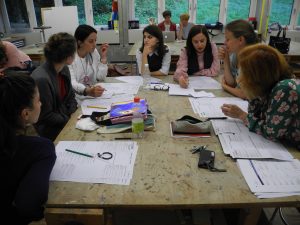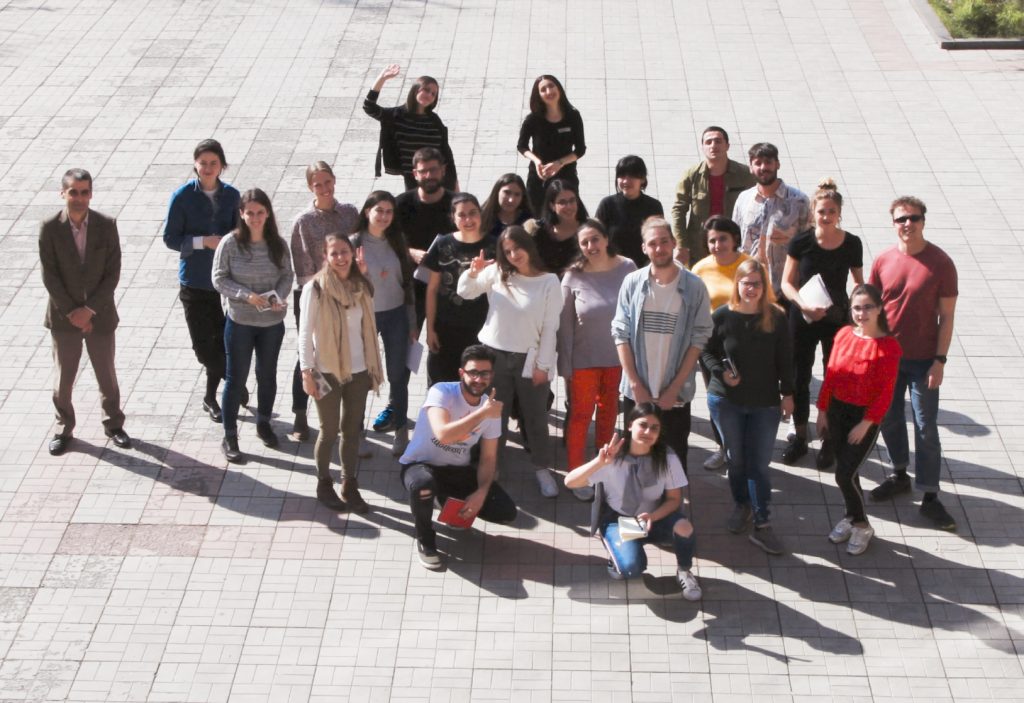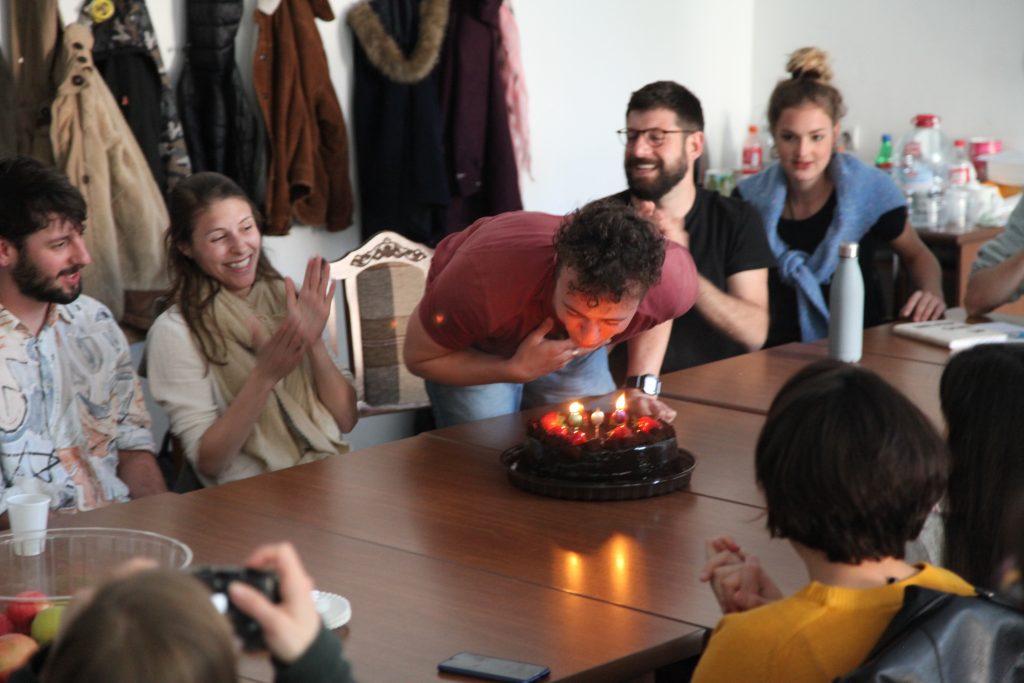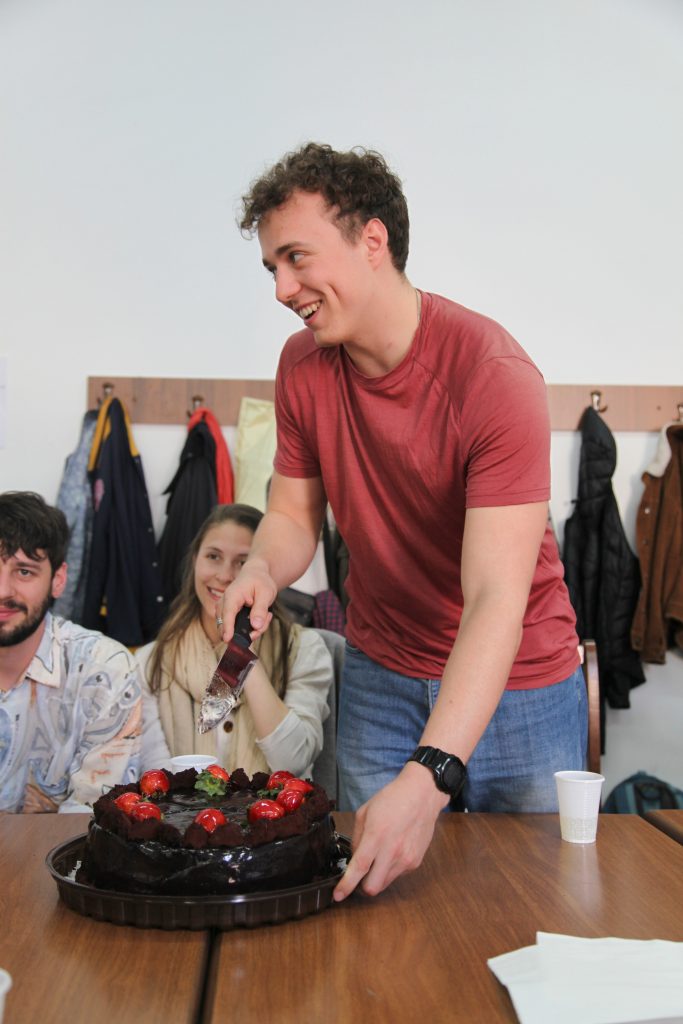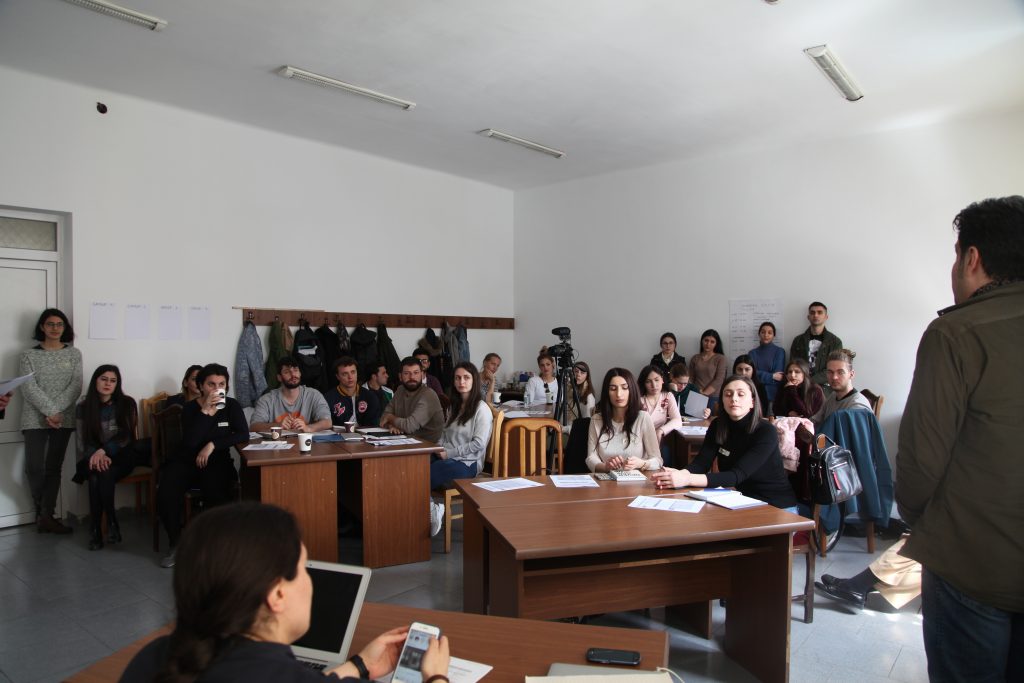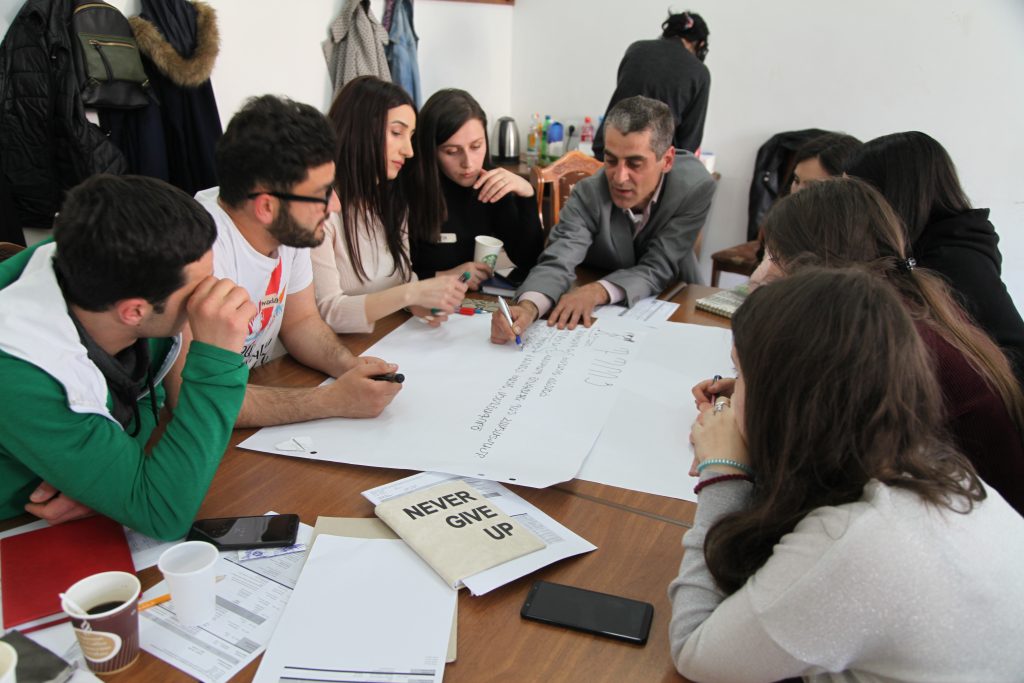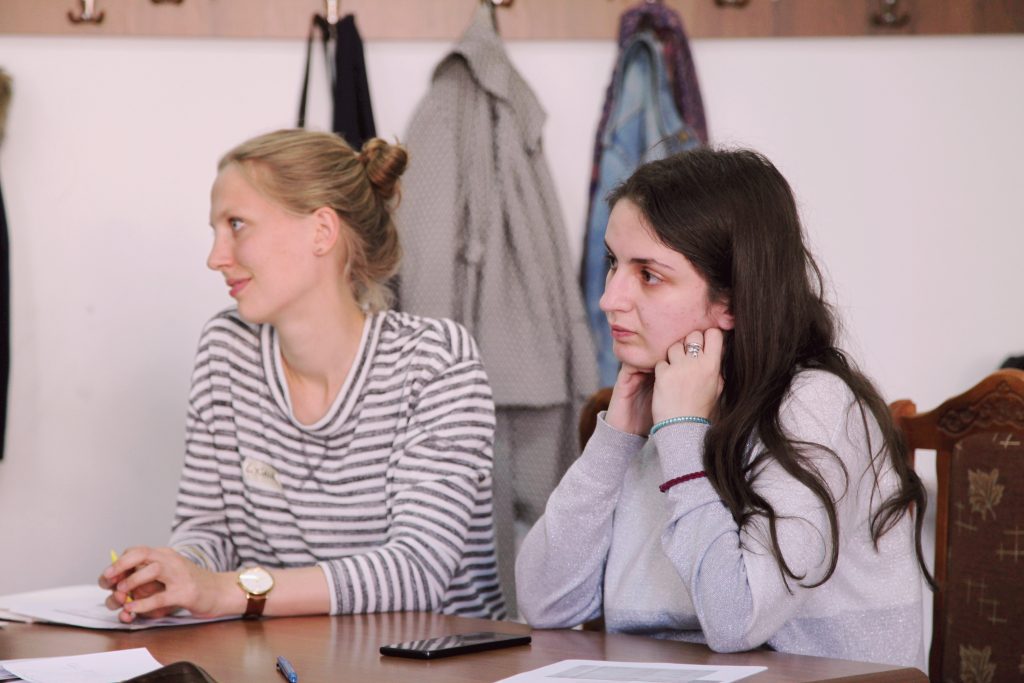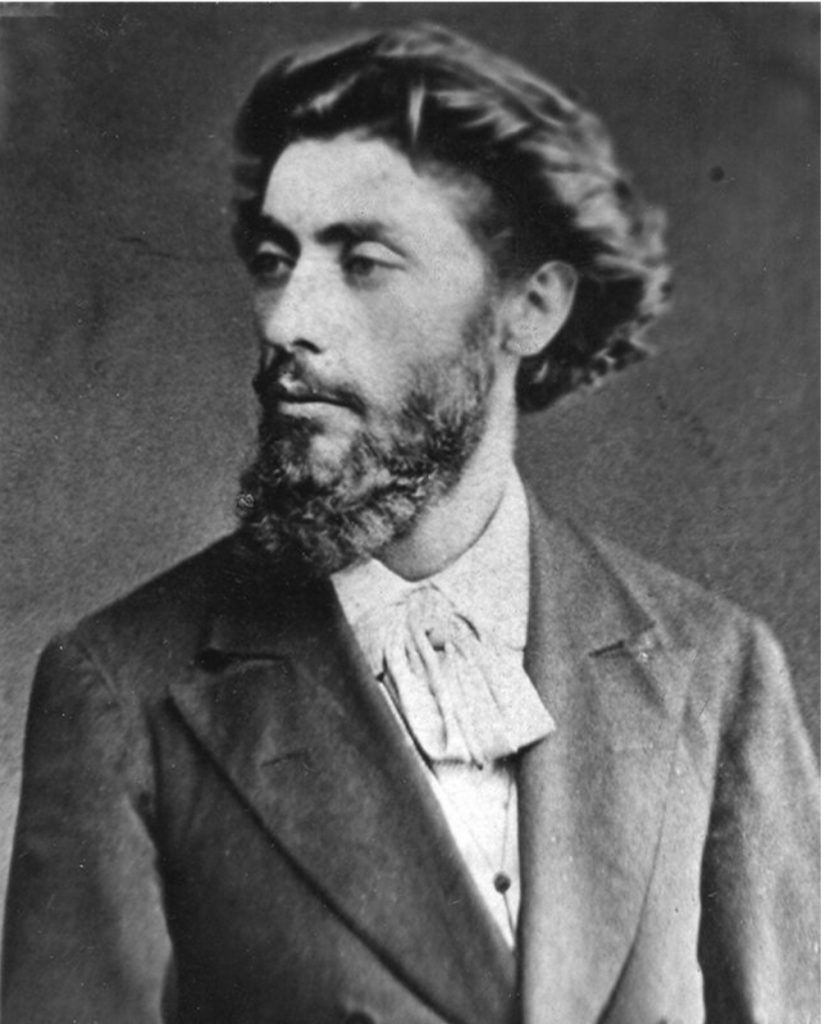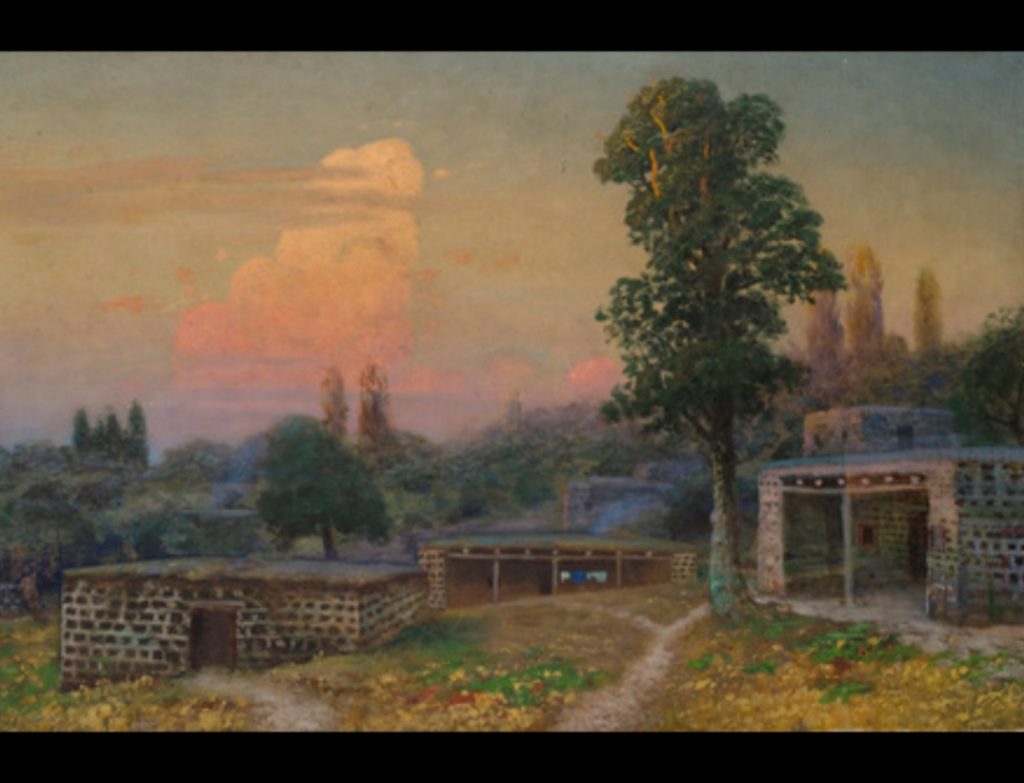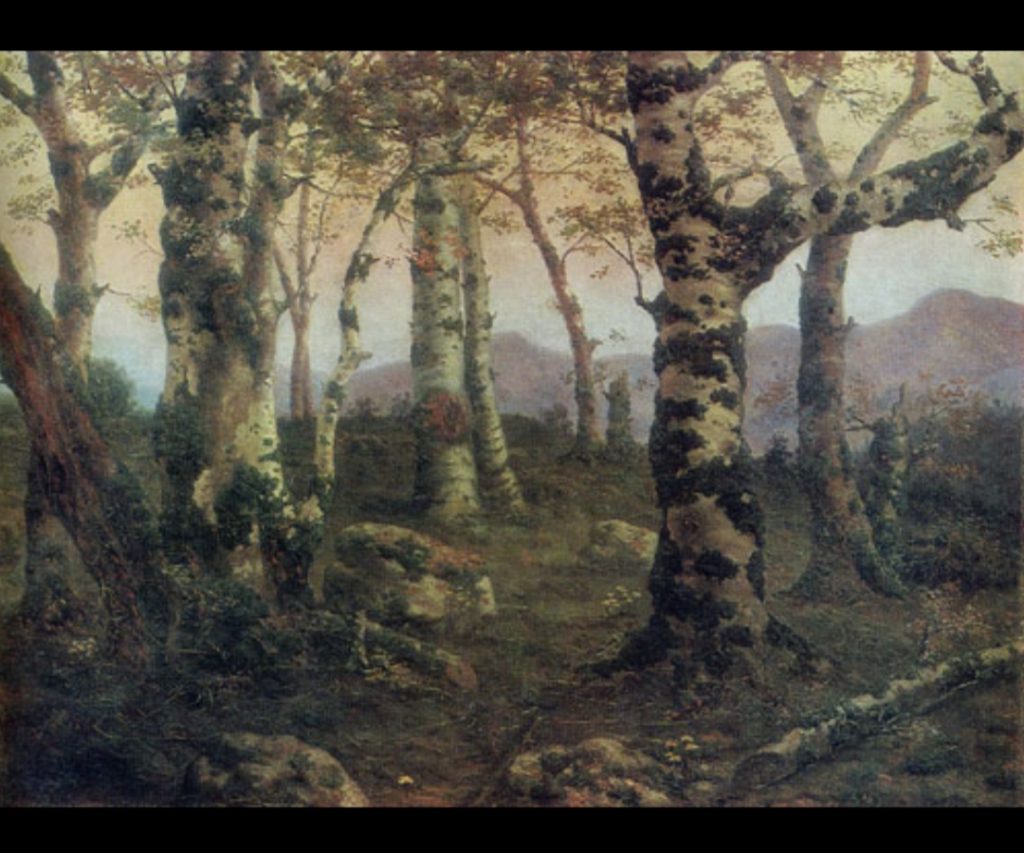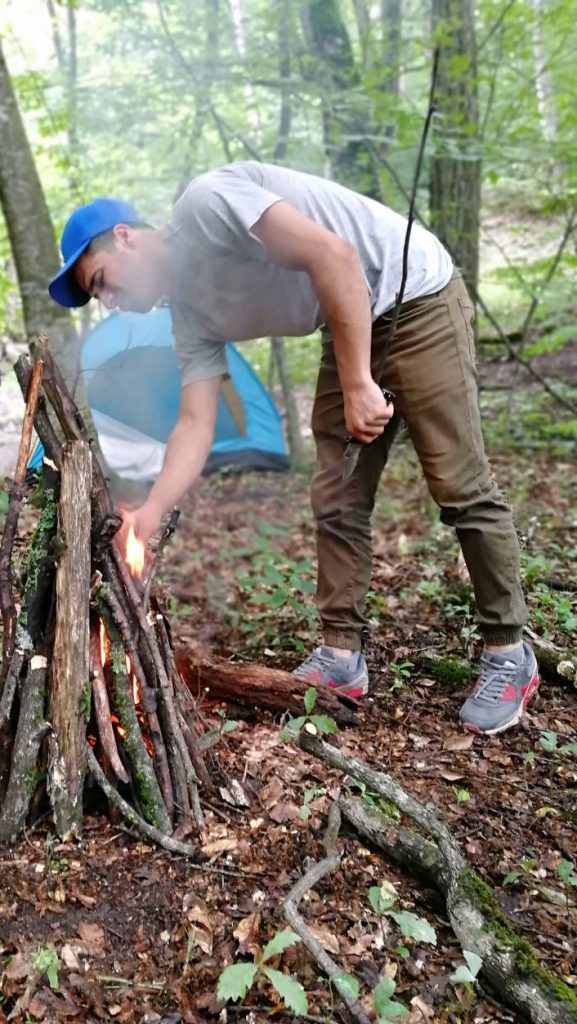Category: Uncategorized (Page 1 of 3)
“City of plastic”
During our lessons the pupils will learn more about environmental issues. They will transform materials which are mostly used once such as plastic, paper or cardboard into a city made out of garbage.
After collecting cups, plastic bottles or plastic bags just in the surrounding of the Pedagogical University of Yerewan we realized how much garbage we cause.
The pupils are free to experiment in their group with different kind of techniques (cutting, stapling, glueing) to create a “city”. We want to re-value materials of everyday life. Our aim is to become more conscious of nature and our environment and to emphasize this during school.
Frottage/Collage
In our lessons, we teach the pupils the technique of Frottage. With the help of this technique, they learn a way to explore their environment in a very quick way. Playfully they discover structures and patterns, which they use for their following exercise. Using their imagination and power of association, they arrange the fragments of their Frottages into a collage in order to create something new. The whole exercise combines a technical approach and the ability to express their self-contained interests.
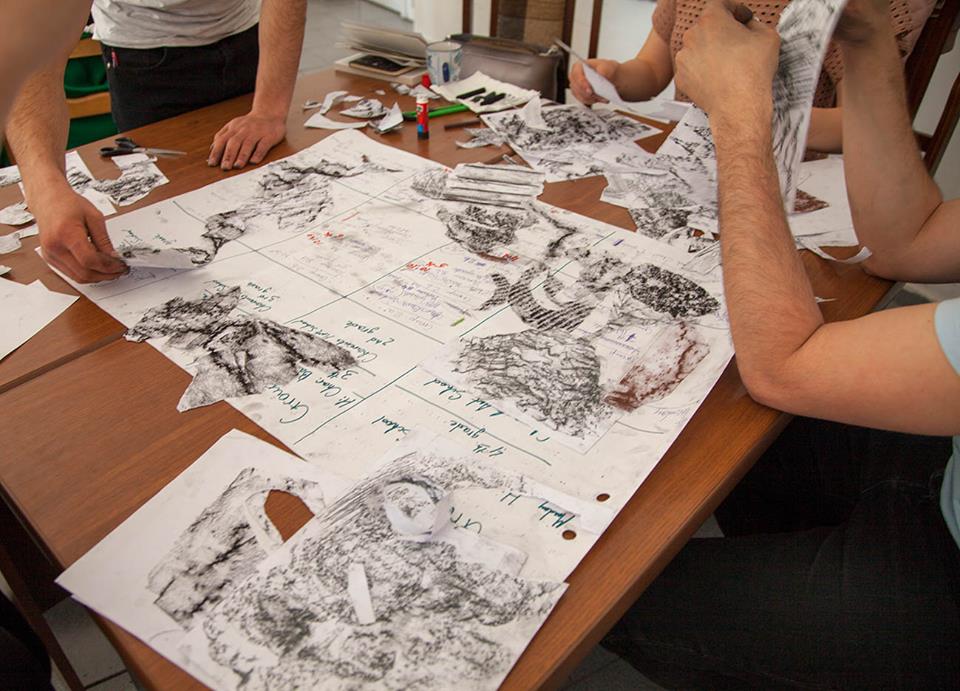
3rd & 4th grades
The pupils should have an experimental approach to printing with everyday life objects.
They recognise which forms and shapes a three-dimensional(3D) object leaves on a flat surface.
A playful usage of the newly acquired skill leades to a new understanding of composition.
5th &7th grades
The pupils should have an experimental approach to printing with everyday life objects.
“Repetition”, “Space”, and “Overlapping” are important terms to understand the arrangement of a pattern and construct the frame for an individual experience with a new technique.
During a group discussion the pupils realise how differently the access to this abstract topic can be translated into an art work.
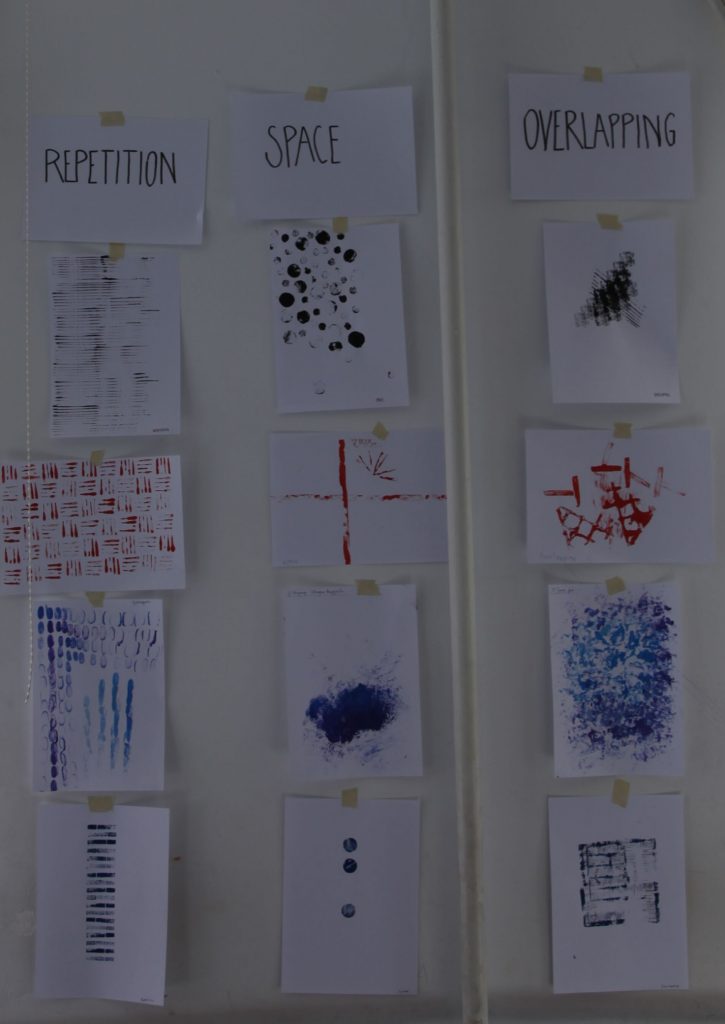
Առարկաների տպում
(4-րդ խմբի նկարագիրը)
3-րդ և 4-րդ դասարաններ
Երեխաները կունենան հնարավորություն ամենօրյա կիրառելի առարկաներով տպագրություն իրականացնել:
Որի շնորհիվ նրանք կբացահայտեն այդ եռաչափ առարկաների հարթ պատկերները: Խաղային մոտեցմամբ` այս նոր մեթոդը, կընդլայնի երեխաների մոտ կոմպոզիցիայի մասին նրանց պատկերացումները:
5-րդ և 7-րդ դասարաններ
Երեխաները կունենան հնարավորություն ամենօրյա կիրառելի առարկաներով տպագրություն իրականացնել: Սեփակն փորձով կհասկանան նախշերի ճիշտ կիրառման կարևորությունը Կրկնության, Տարածության և Համընկնման թեմաներում: Խմբային քննարկման ժամանակ աշակերտները կհասկանան թե ինչքան տարբեր մոտեցումներ են ցուցաբերել այս աբստրակտ թեմային:
April 9 began with a morning brainstorm in the groups, some groups left for the school classes hsopitation early morning, some stood in the university and participated in Anne’s lection. The interesting video she showed to us, was about a class process, teaching patiently, liberalism and freedom.
Ապրիլի ինը սկսվեց արավոտյան մտագրոհով խմբերի ներսում։ Որոշ խմբեր արավոտյան գնացին դպրոցներ հյուրընկալության, մնացածը մնացին Աննեի հետ դասախոսությանը մասնակցելու։ Նրա ցուցադրած տեսահոլովակը համբերատարությամբ դասավանդելու, դասապրոցեսի, լիբերալիզմի և ազատուփյան մասին էր։
After this the other groups also went to schools. Our group was in ASPU’s college elementary school, the children were excited and surprised seeing other nationaltie’s students.
Այնուհետև մյուս խմբերն էլ գնացին դպրոցներ, դասալսումների։ Աշակերտները շատ ոգևորված և զարմացած էին տեսնել այլազգի ուսանողների։
After school hospitation and lunchbrake we had a really creative and unusual excersize. We should make a square in any place in the hard we want and to share what we see in those squares. So the answers were really really different. But all the answers conserned to pictures, light, life etc but no feelings
Դպրոցում հյուրընկալվելուց և ճաշի ընդմիջումից հետո մենք ունեցանք կրեատիվ և ոչ սովորական առաջադրանք։ Մենք խմբերով պետք է կազմեինք քանոններով քարակուսիներ և հասկանալ, թե ով ինչ է դրանցում տեսնում։ Պատասխանները իսկապես շատ տարբեր ու բազմազան էին, բայց դրանք հիմնականում լույսի, պատկերների մասին էին, և ոչ զգացումների։
After sharing our results in the group and after having very serious discussions with Olivia we could have time to celebrate Bastian’s birthday!!
Արդյունքները խմբերում ներկայացնելուց և Օլիվիայի հետ շատ լուռջ քննարկումներ ծավալելուց հետո մենք ունեցանք ազատ ժամանակ՝ նշելու Բաստիանի ծննդյան տարեդարձը։
Davit Hovhannisyan had a really very armenian toast – kenac to Bastian. He wished him to be always happy, to be always surrounded by good people and friends. And then the cake cutting ceremony began~
Դավիթ Հովհաննիսյանը հայկական կենաց ասաց Բաստիանին շնորհավորելով, մաղթեց նրան միշտ լինել երջանիկ, շրջապատված լավ մարդկանցով և ընկերներով։ Եվ ահա տորթը կտրելու պահն եկավ։
The day os officially ended, but some Armenian students decided to continue the day with introducing our friend to Armenian cuisine(kitchen).
Օրը պաշտոնապես ավարտված էր, բայց մի քանի հայ ուսանողների նախաձեռնությամբ այն շարունակեցինք մեր շվեյցարացի ընկերներին ներկայացնելով հայկական խոհանոցը։
Achtung-achtung!! We went to Artashnots and tried very Armenian khorovats and kebab and many greens.
Ուշադրություն՜, մենք գնացինք Արտաշնոց և փորձեցինք ամենահայկական խորովածն ու քեբաբը և կանաչեղեն։
The day began in early morning, at 9 o’clock. Most of the students are sleepy still. We gather in the room 206 in the university. The dean of Faculty Aesthetic Arts and the chief of practise internship of ASPU had some talks to students, wished them success and useful exchange.
Օրը սկսվեց վաղ արավոտյան՝ ժամը իննին։ Ուսանողների մեծ մասը դեր կիսաքնած է։ Հավաքվում ենք համալսառանի 206 լսառանում։ Գեղարվեստական կրթության ֆակուլտետի դեկանը և պրակտիկայի վարչության ղեկավարը հանդես եկան ողջույնի խոսքերով և ուսանողներին մաղթեցին հաջողություն։
Then we started to listen to the project orginisers Shoghakat and Dagmar. They presented the aims of the project, the history, previos experience in Abkhazia and Georgia.
Այնուհետև լսեցինք ծրագրի ղեկավարներ Շողակաթին և Դագմարին։ Նրանք ներկայացրին ծրագրի նպատակները և նախորդ՝ Աբխազիայում և Վրաստանում փորձի մասին։
After this we began workin on a workshop. Each group, both armenians and swiss, had to make a presentation about its country’s educational system and the role of art in it
Այնուհետև մենք սկսեցինք աշխատանքային փուլը։ Յուրաքանչյուր խումբը՝ կազմված հայերից և շվեյցարացիներից, պետք է կազմեն ներկայացում իրենց երկրի կրթական համակարգի և դրանում եղած արվեստի դերի մասին։
When both groups finished their presentations, the interesting part started. We had to get separated to 4 groups for furure work. With the help of our lovely Olivia, we got an interesting excersize, to look for a person, with whom we talked the less during these days, and to have an eye contact. When we find the person we should try to move the tables to make 4 separete tables for working on them. And afterall, when there were 4 groups, in each group we should write down 3 things we know well and we can teach, and 3 things we want to learn. So du to this excersize we found more things coomon inside the groups participants.
Երբ երկու խմբերն էլ ավարտեցին իրենց ներկայացումները, հետաքրքիր մասը սկսվեց։ Մենք պետք է բաժանվեինք չորս խմբերի միջև հետագա աշխատանքների համար։ Սիրելի Օլիվիայի օգնությամբ մենք ունեցանք մի հետաքրքիր վարժություն, արաջադրանք, գտնել այն անձին, ում հետ այս օրերի ընթացքում ամենաքիչն ենք շփվել, և նրա հետ հայացքով կապվել, այնուհետեև այս մառդկանց հետ պետք է ուղղահայաց սեղաննեռը տեղափոխեինք և այսպիսով կազմավորեինք չորս խմբերը։ Ամեն խմբում պետք է գտնեինք երեք ընդհանուր բան, որ ցանկանում ենք սովորել, կամ ցանկանում ենք սովորեցնել։
Այսպիսով այս առաջադրանքի միջոցով մենք շատ ավելի ընդհանուր բաներ գտանք։
The very first day of our project, where all of the Swiss and Armenian students came together, began in the evening of April the 7th.
We met each other at the hostel where the Swiss students stayed. And we introduced ourselves with our names and who we are. To be honest it wasn’t so easy at first to remember all the names, but it also didn’t take so much time.
We had a wonderful dinner at Yerevan Tavern. The organisers introduced themselves and the teachers of our courses. While having our dinner, we began to know each other better and found lots of common things.
Unfortunately I don’t have photos from this day, but if you have some, feel free to share them with us.
Մեր ծրագրի առաջին օրը սկսվեց ապրիլի յոթին, երբ հայ և շվեյցարացի ուսանողները ծանոթացան։
Մենք հանդիպեցինք իրար այն հյուրատանը, որտեղ հյուրընկալվել էին շվեյցարացի ուսանողները։ Ներկայացանք, թե ով ենք, ինչով ենք զբաղվում։ Անկեղծ ասած այդքան էլ հեշտ չէր սկզբում հիշել բոլորի անունները, բայդ դա քիչ տևեց։ Ընթրիքի ժամանակ մենք սկսեցինք ավելի լավ ճանաչել իրար և գտանք բազմաթիվ ընդհանուր նախասիրություններ։
Ցավոք, այս օրվանից նկարներ չկան, բայց եթե դուք ունեք, կարող եք կիսվել դրանցով։
Barev! (it means hello in Armenian, B- for kind, Arev – Sun, so let’s wish kind sun to each other)
I am an actress-dancer at the MIHR Theatre and teaching in Yerevan State Insitute of Theatre and Cinematography! I am also art organizer 🙂 I love life! And I feel the power of the changes in Armenia through Art!!!!!
My favourite subject at school is crafts! I feel myself real whenever I am creating “something” with my hands or body!
My favourite artist…. I guess, it would be a little cheesy or strange BUT I am in love with the paintings with which I was raised… here is a painting by my Father – Hrachya Galstyan
This artwork gave me empowerment never give up in art… By this time that my father made this painting, he was already sick and wasn’t able to go out. All day long he was sitting in his room and painting… When he was painting this one… he said “Something is missing…” and added snow… and by that time the snow started to fall…
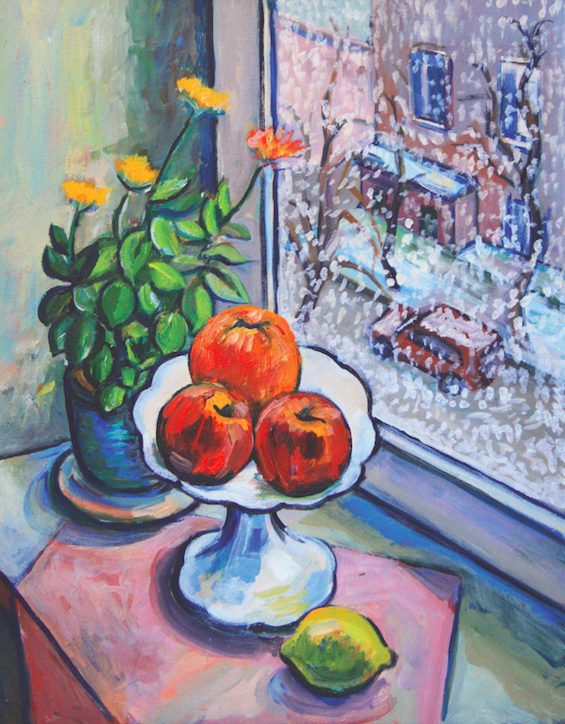
The skills I am ready to share in a group…hmm…. maybe a lot of strange and funny stories! Performing Arts Knowledge! Cultural/Social info about Armenia!
And a photo of me 🙂
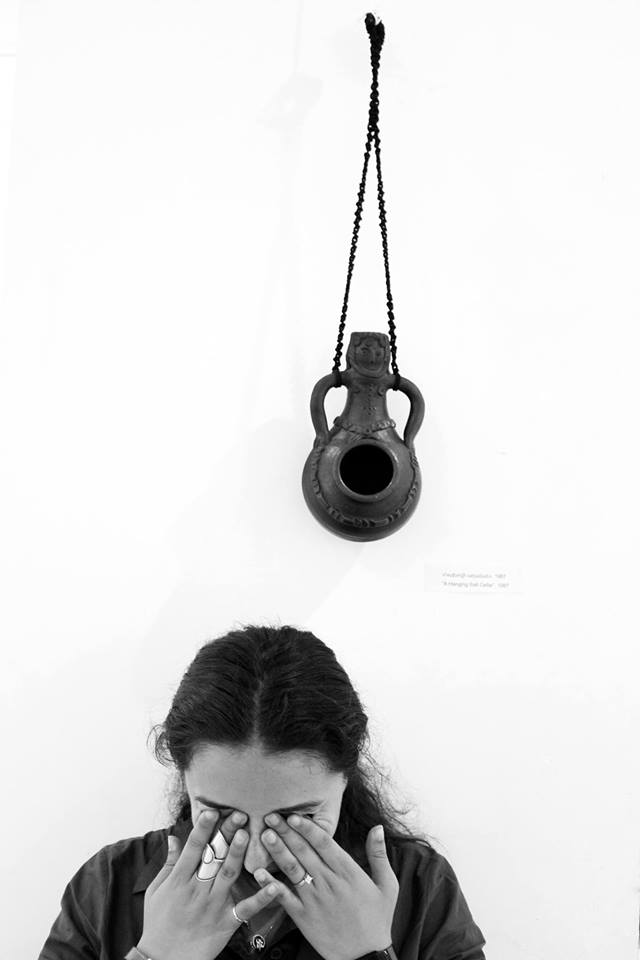
My name is Simon and I live in a flat in Zurich, together with my twin brother and our girlfriends. I love to work on various kinds of projects. Currently, I’m creating a new collection for my small fashion label called „Laerchensteig“. Besides that, I’m a passionate gardener and now that Spring is coming, I’m very enthusiastic to grow different plants and vegetables.
I consider this exchange program as huge possibility to interact with people from different countries and to share our individual experiences we made in art teaching, but also in life.
I’m really excited to meet you all and I’m looking forward to have an insight into your everyday life in Armenia.
my personal favorite artist and artwork…
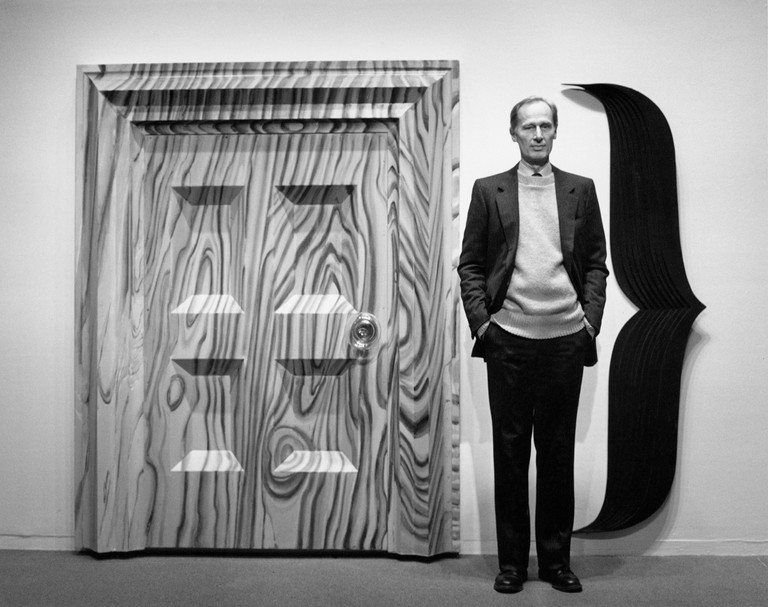
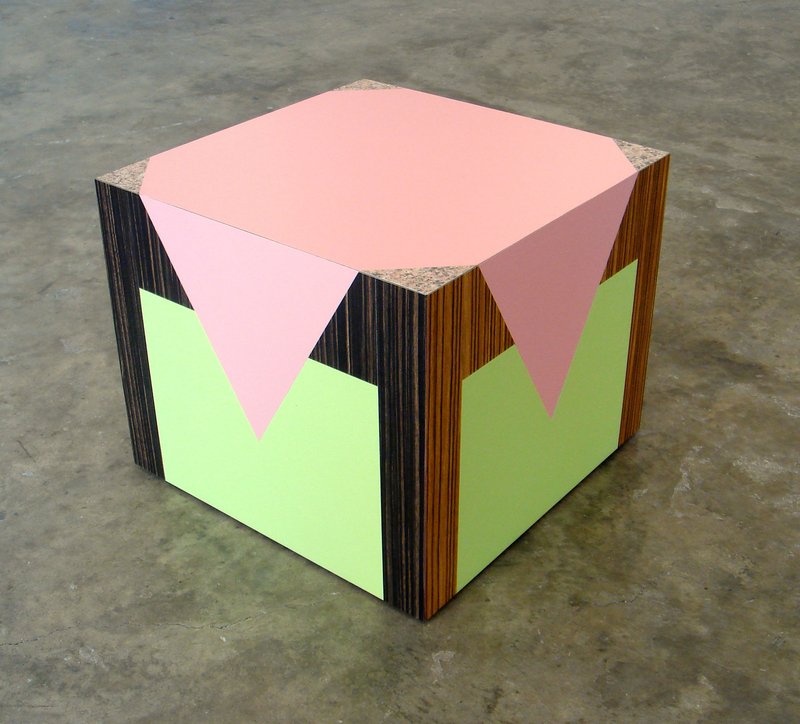
At the moment, it’s the work of Richard Artschwager, that I’m very interested in. His art is difficult to situate. You ask yourself, what you actually see. Is it a sculpture? A furniture? An architectonical ornament? An Illusion? Or neither of all? I consider the indefinable state of his artworks as quite stimulating.
my favorite exercise in school…
My favorite part of school is working on own art projects. I love to do research for topics and getting inspired by all kinds of influences. Especially, I find great pleasure in exchanging ideas and thoughts with my fellow students.
what skills can i share in the group?
Manual printing with various techniques, tailoring clothing and cooking a delicious pasta sauce
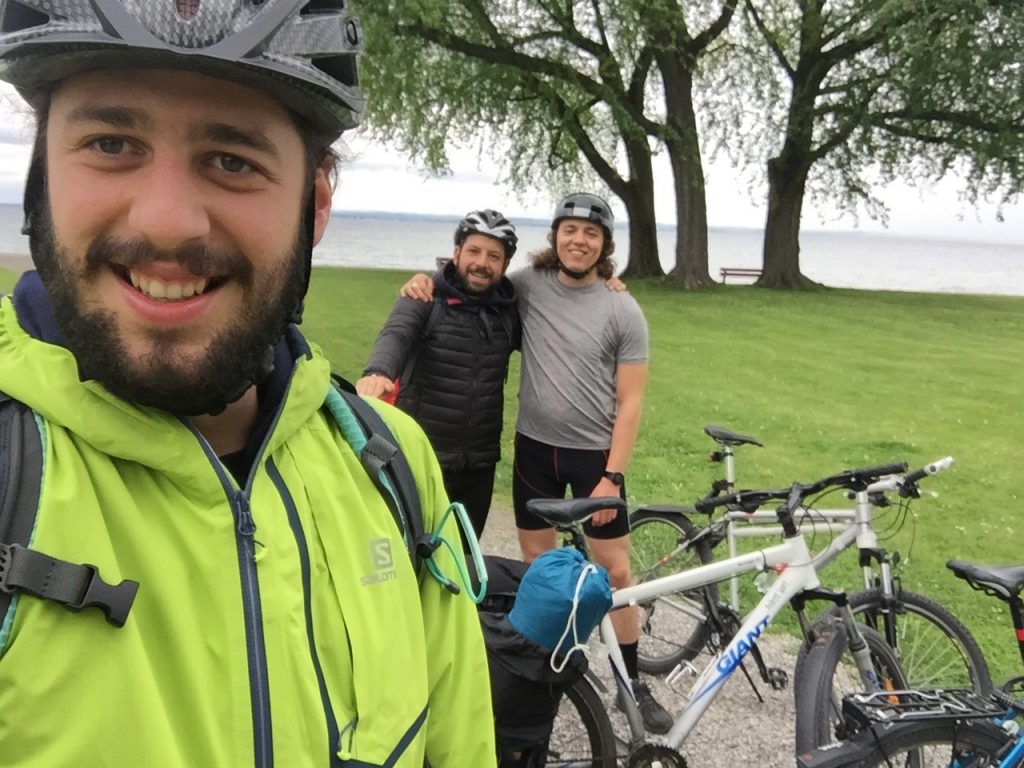
Hello, my name is Raya. I am very happy about taking part in this programme. Besides knowledge, I will also get many friends. I love learning and communicating with people and smiling.
And I also love juzz music
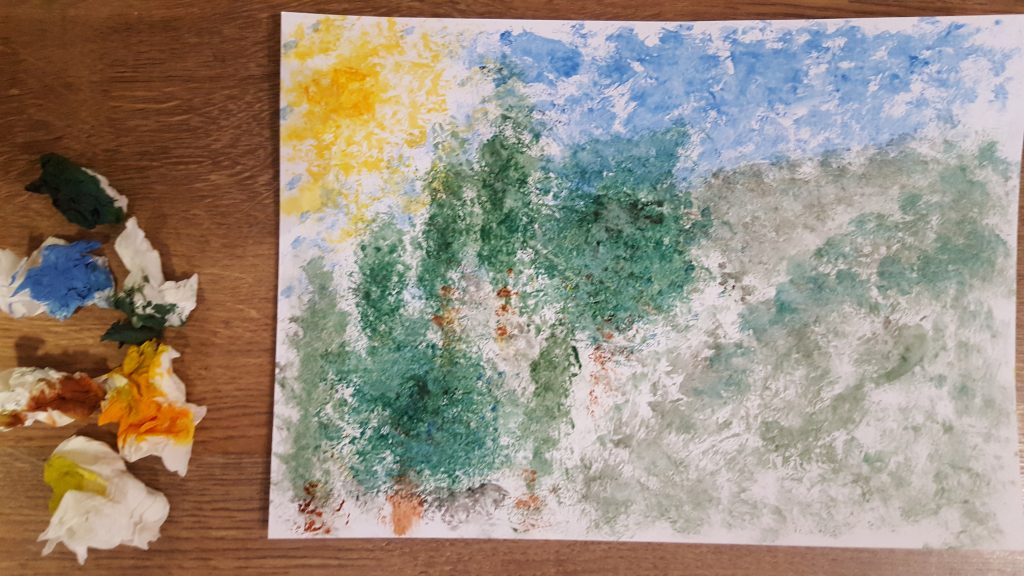
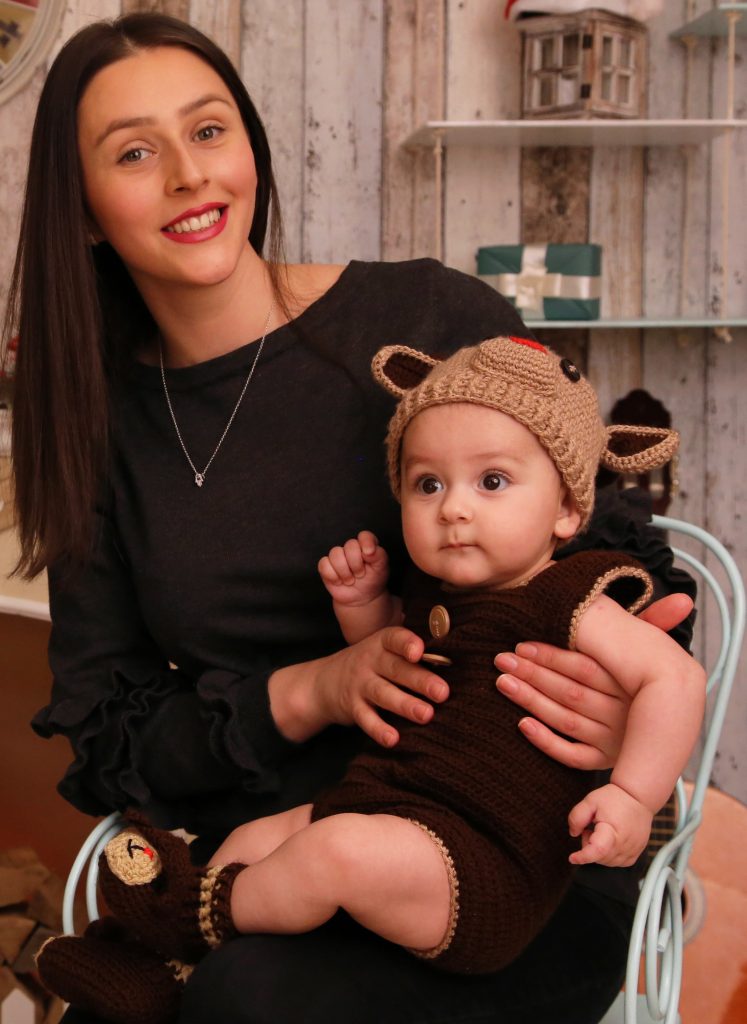
I am married and have a wonderful and lively and naughty daughter.

Introducing you to my favourite and talented artist Sergey Parajanov
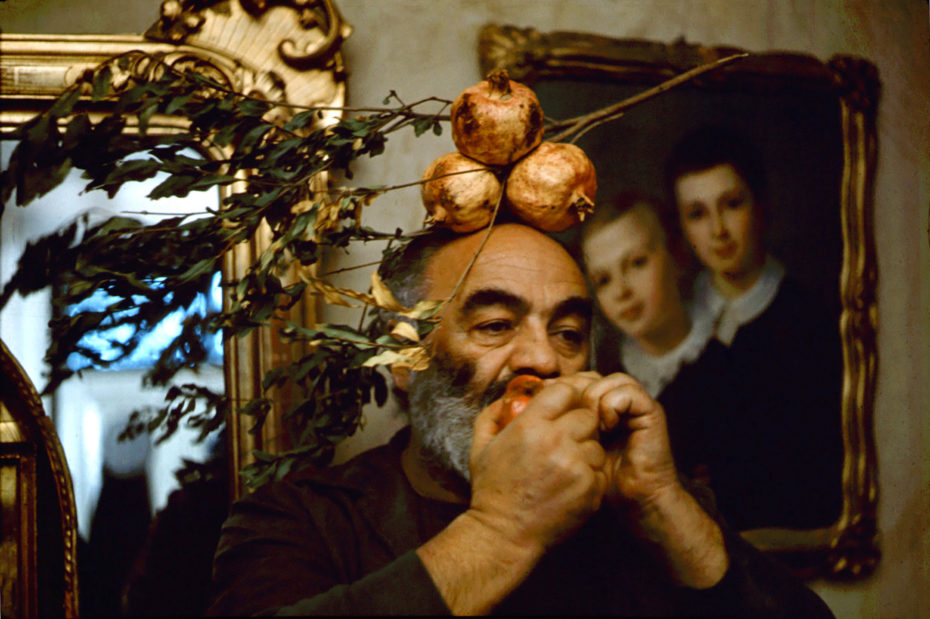
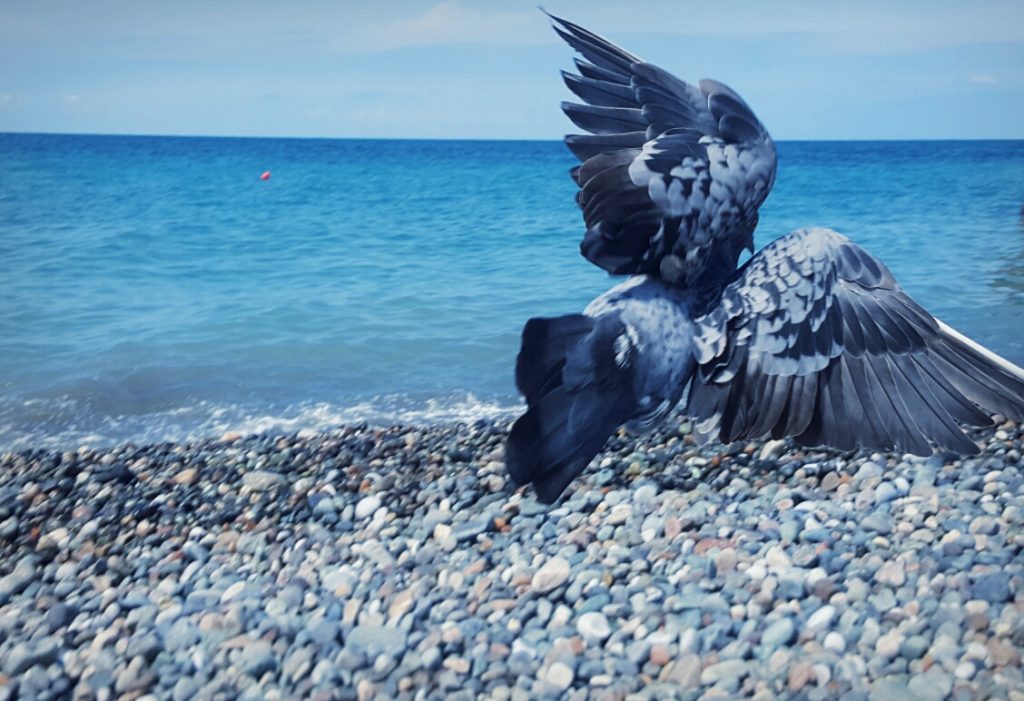
Hi, I’m Astghik Kirakosyan and I am 21 years old. My name means “a star”, it is from word Astra, Astrid.
To understand the intensity of my passion for studying arts, it is enough to know that I stopped pursuing a degree in philology at Yerevan State University and transferred to ASPU to study Aesthetic Arts. All this in order to pursue the profession I love.
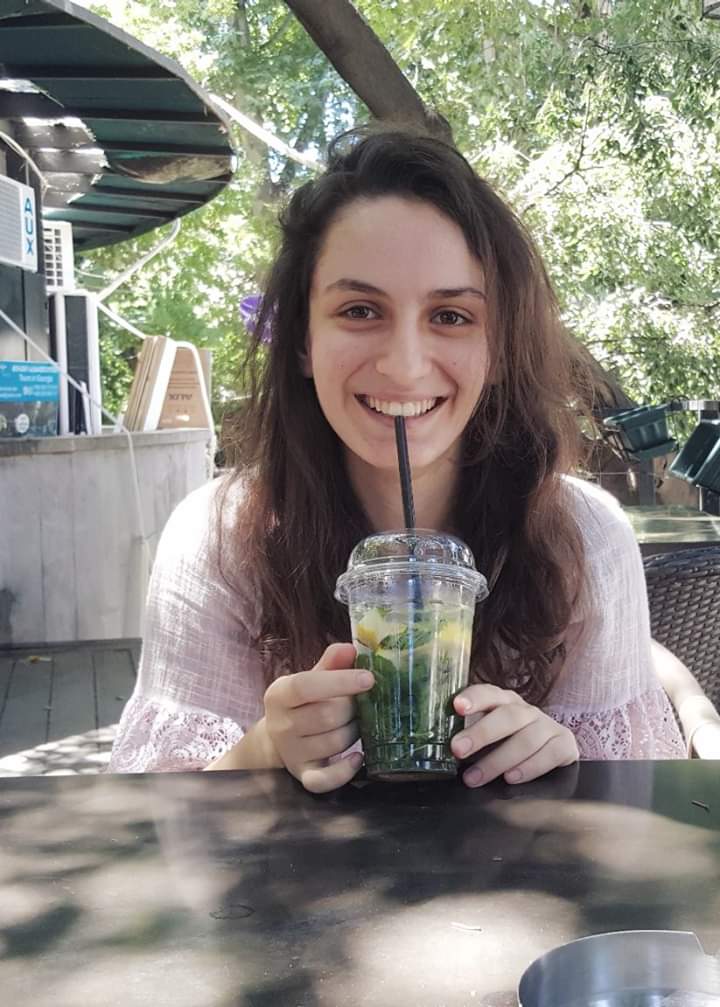
My favourite artists are Albrecht Dürer, Van Gogh and Paul Cézanne.
Hereby you can see one of my works
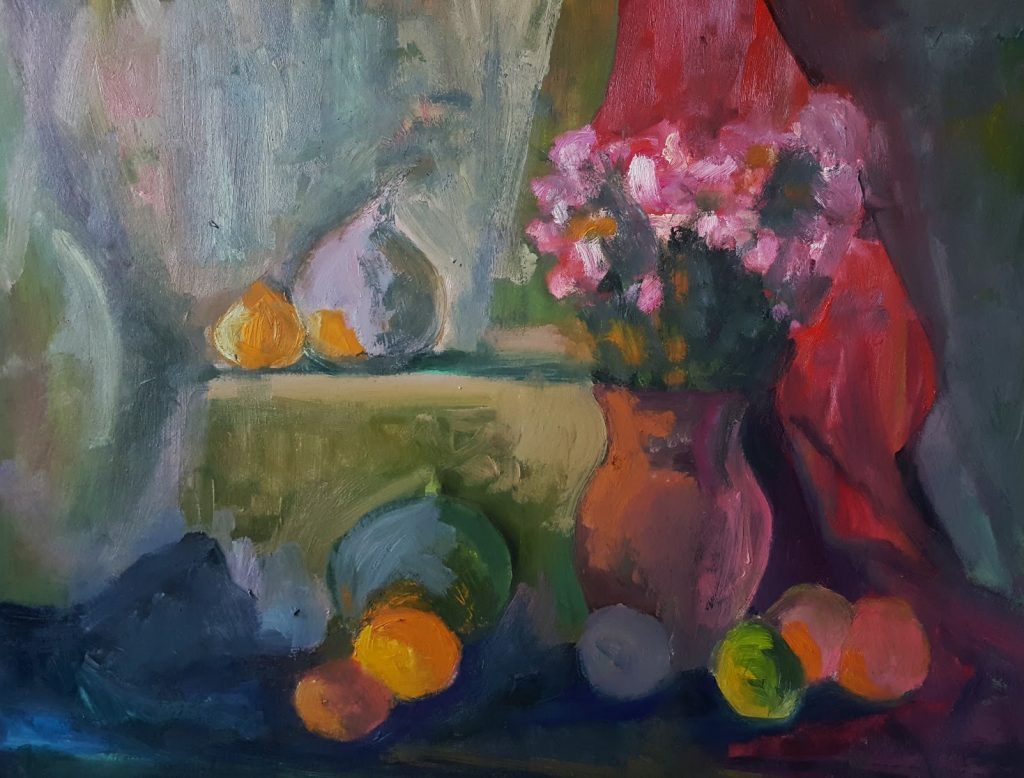
I’m fond of birds, cats, rabbits and all kinds of animals. I love travelling, learning something new, and meeting different people.
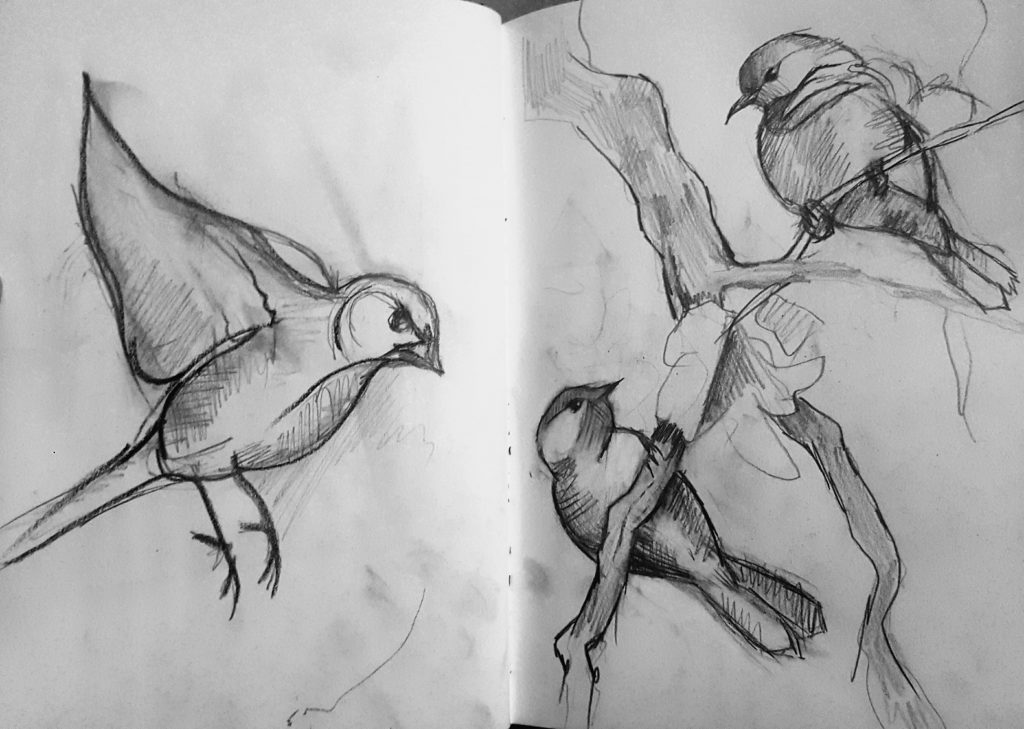
Also I like modern art and I’m looking for listening to your methods of teaching art.
The “trick” I like practising in the class is, when the children talk, and there is much noise, I tell them, that we need to respect each other, and if someone talks, all of us have to listen the one who talks, and if two or more people begin to talk at the same time, we need to raise our hands and be silent, until everyone becomes silent.
Except of this, I also work as a journalist, so feel free to ask me questions connected with everything which goes on in Armenia.
I am Marine Galstyan. 20 years old.I live in Armenia.My country is beautiful , where the most hospitable people live. Like all Armenians , it is nice for me to help people. Ilike to tesch people.I teach volunteering in the Masis Yourth Developmeny Center for fine arts. I give my students the opportunity to create their own ideas in their paintings freely.This program gives a great opportunity to explore the difference between the cultural, educational, artistic and other spheres of Armenia and Switzerland, based on the experience of the two countries ,in the future we will try to develop and combine the best learning methods and will try to develop new methods for our students to make learning more interesting and effective.
Hopefully ,I will gain good friends, and I will be able to exchange them with new and effective ideas.I am interested in human practical anatomy ,listening to music of different styles, such as jazz, classic.One of my hobbies is collecting antique items.
I love the nature , I think it is the best work that exists.I paint a lot of various environmental issues .At times ,I am triing to raise the voices of disaster.
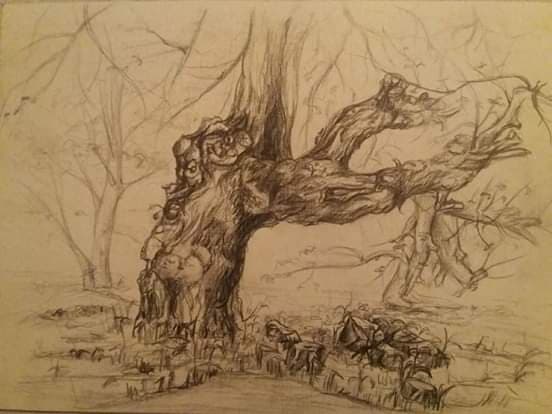
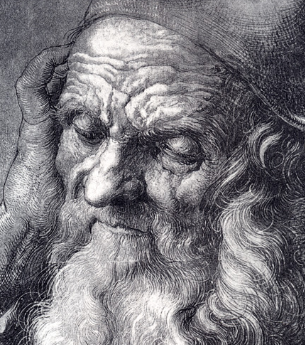

Art is my life ,and I can not imagine my life without art.It is difficult for me to separate a group of artists whom I believe because I like everyone very much.It is interesting for me to study the works of different artists .
Thanks for attention.

I greet you all.
I am glad of communicating with You for this opportunity. This is also the important chance for me in the sense of spreading that idea, which has become the key goal of my pedagogical and creative activity.

My pedagogical and creative activity is tend to justification and approval of the ecological function of the landscape painting. Through the landscape painting the process of the ecological upbringing becomes more effective. In this sense the landscape painting obtains the special status of the ecological upbringing.
I am sure that our cooperative work will obtain the new results in this sense.
Hi everyone. My name is Hripsime. I am glad that we all have this oppurtunity. It would be nice to meet you here. I hope you will like this experience . I like this idea. I live in Echmiadzin. It is a small town near Yerevan. I like everything new. I am fond of dancing, growing flowers, drawing, reading books.
Here are some of my favourite artists
- Picasso
- Vardges Surenyants
- Arshil Gorki
- Claude Monet etc

“Salome”
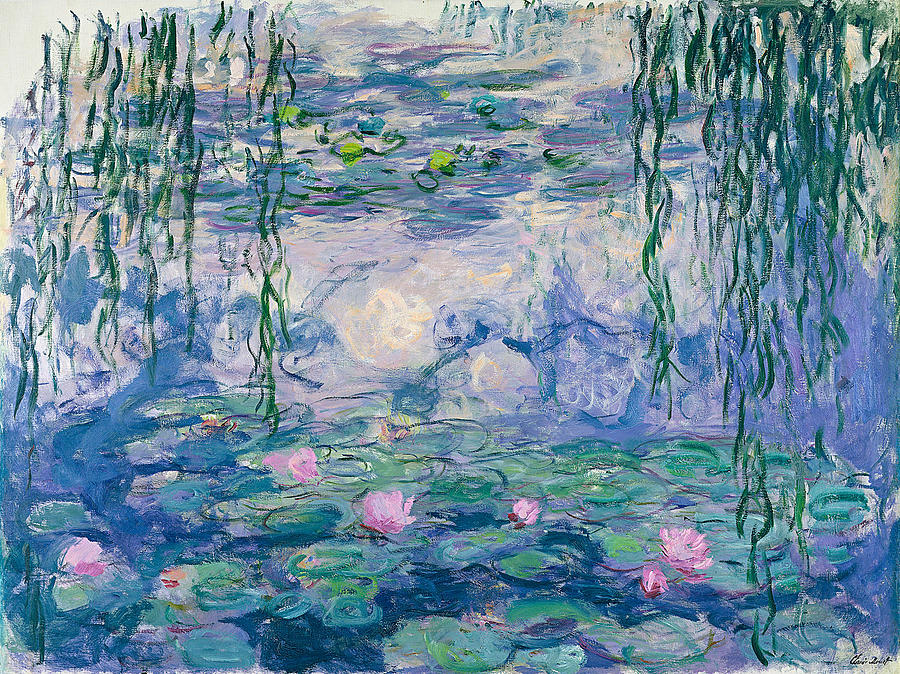
Claude Monet “Water Lilies” 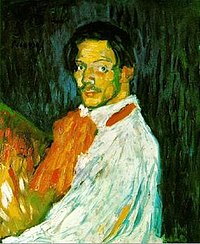
Picasso “Yo Picasso”
My favorite exercise
There is no particular method that I use,but I like to help children as much as I can,to answer any question they have.I like to give them time to express their feelings,ideas and show their creativity.
Skills I can share
I know some entertaining games we can play together.I like touring around Armenia ,listening to music and gardening. I hope we’ll enjoy our time

AN ARTWORK FROM THE CANON
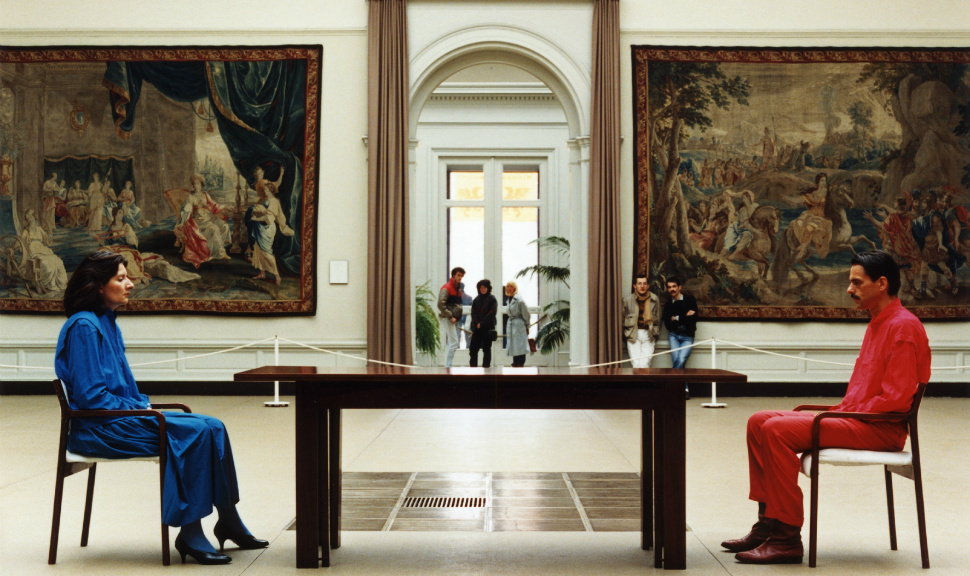
PERSONAL FAVORITE ARTIST
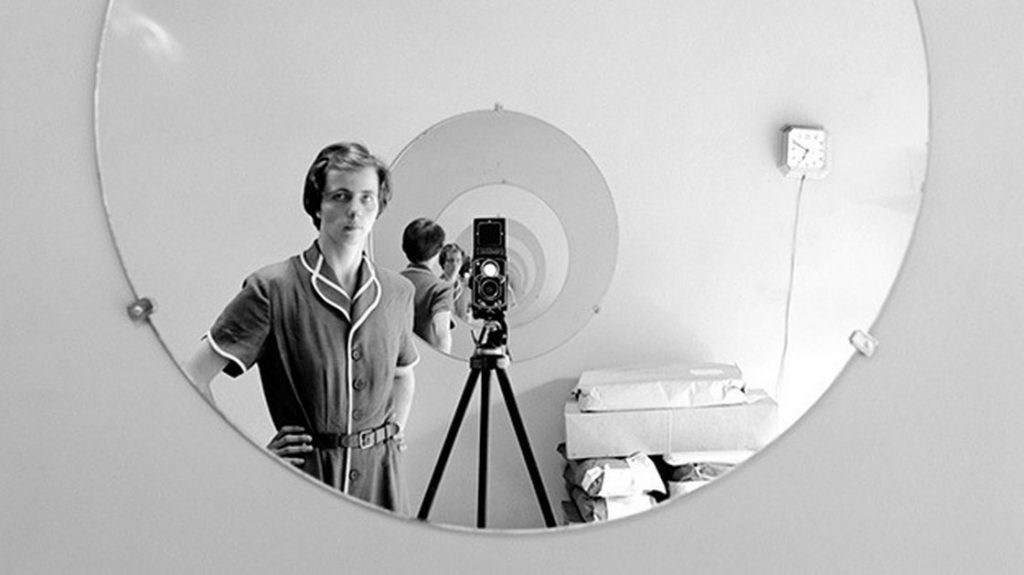
FAVORITE EXERCISE IN SCHOOL
As my lecturer once said, being a teacher does not mean giving 100% of the subject in one session, but making students love the subject and motivate them to study it themselves. I am trying to do this during my lesson, and I really like that emotional contact between the whole group.
SKILLS I CAN SHARE IN THE GROUP
Today healthy lifestyle is becoming more and more popular, but I and my whole family have been doing this, since then I remember myself. I would be delighted to share with you healthy diets, activity exercises for keeping fit. The healthier we are, the better we feel, because healthy way of life concerns not only our body, but mind and soul.
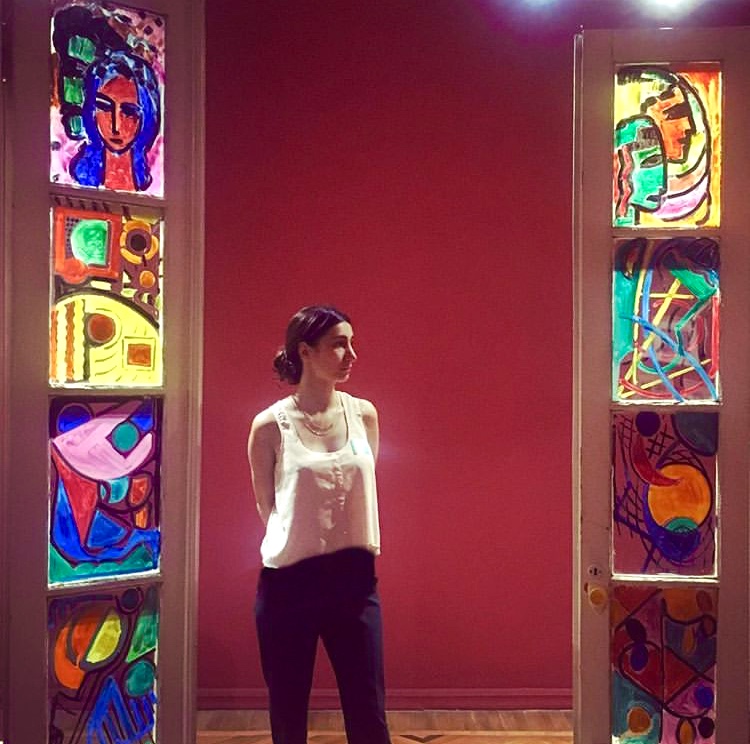
See you soon here.
My favorite artist is Gevorg Bashinjaghyan. Hi is founder realistic painting.
( Gevorg Bashinjaghyan )
(Armenian village in Rastov )
(Landscape)
( Picture of me )
Im very interedted in sport. My favorite hobbies is snowboard , skiing .
( In Tsaghkadzor )
I love watch football but playing i love much more . My favorite footballer is A . Griezmann
I look forward to aur meeting impatiently…….
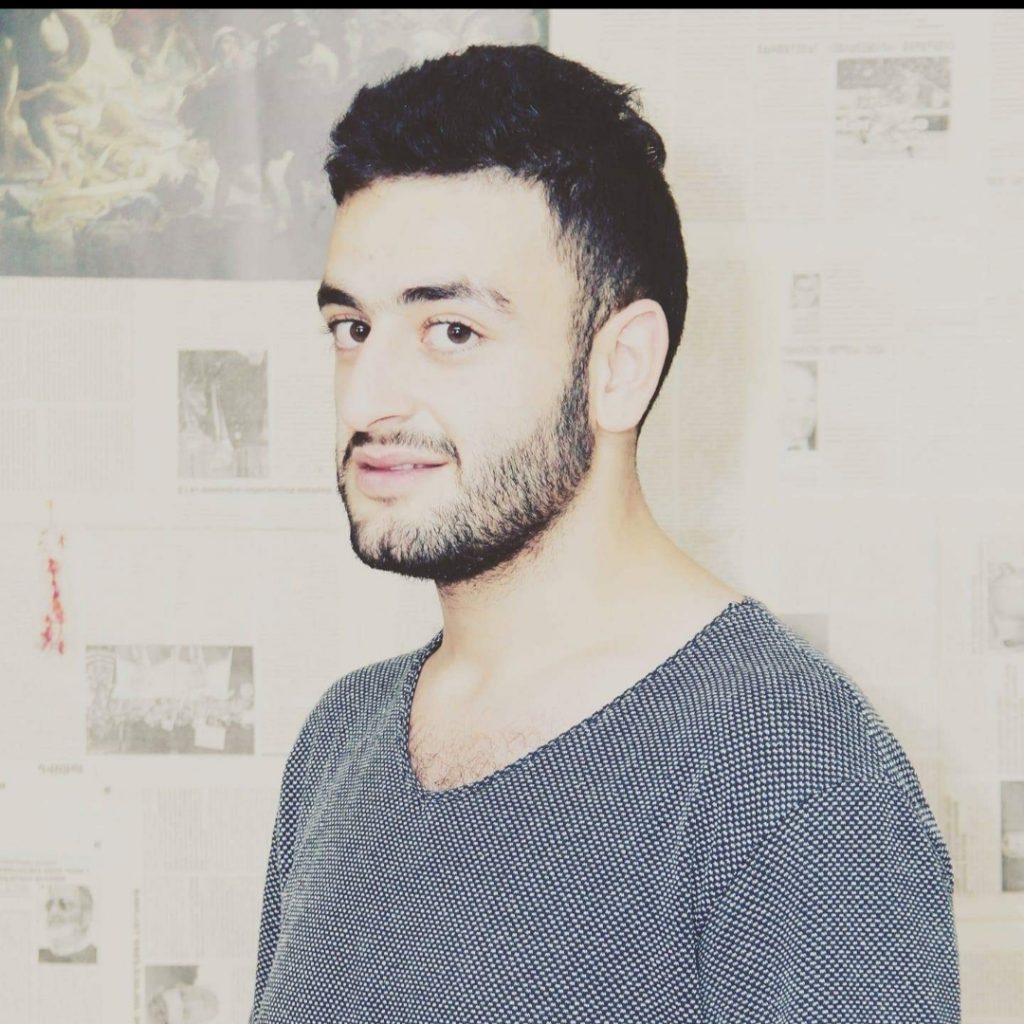
Greetings to my friends from Shwitzerland.I am Sevada. I am looking forward to our meeting. I am sure we shall have many thoughts to exchange. The exchange of experience is very important for both sides. For every painter pedagog it is very important and interesting to meet new cultures. It will give me opportunities to create and develop new ideas.
My favorite artists



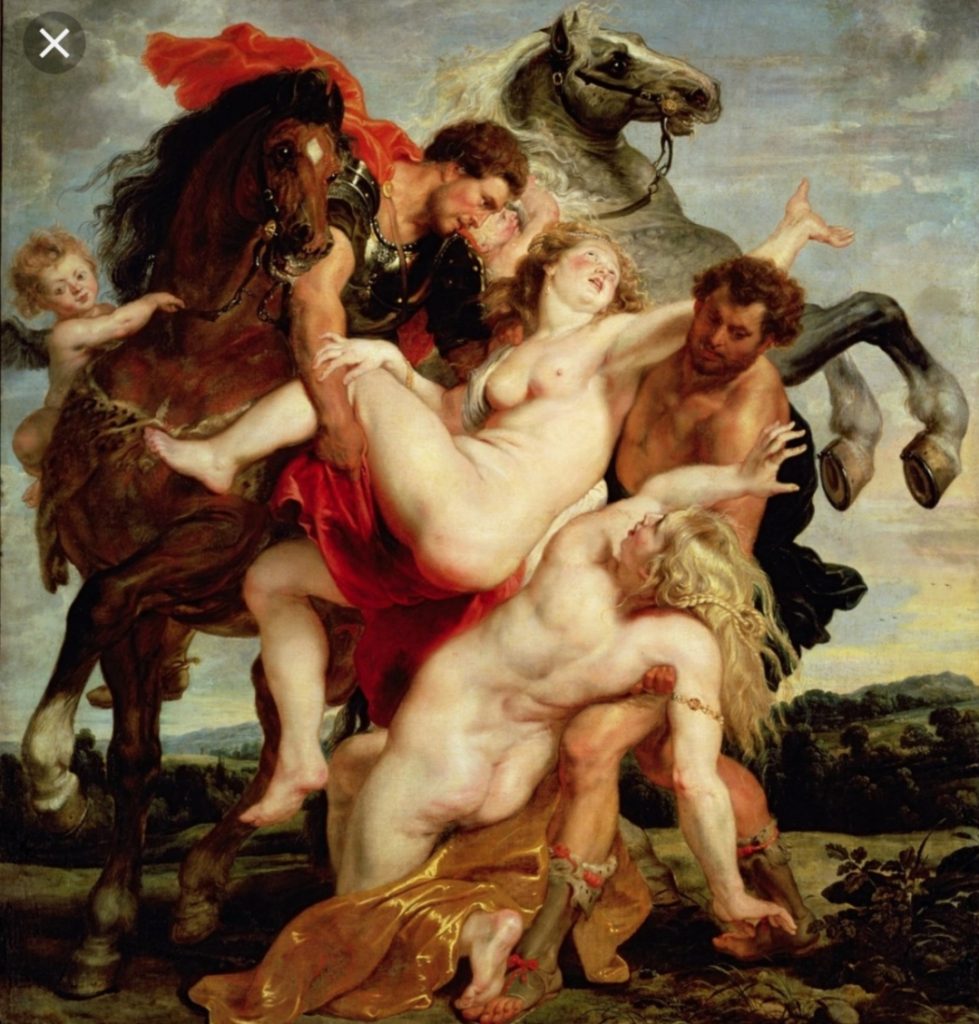
My favorite painters are Claude Monet and Piter Paul Rubens,especially Rubens because of his unique and popular Baroque style.Rubens specialized in making portraits,landscapes,history paintings.
It is me working with my pupils
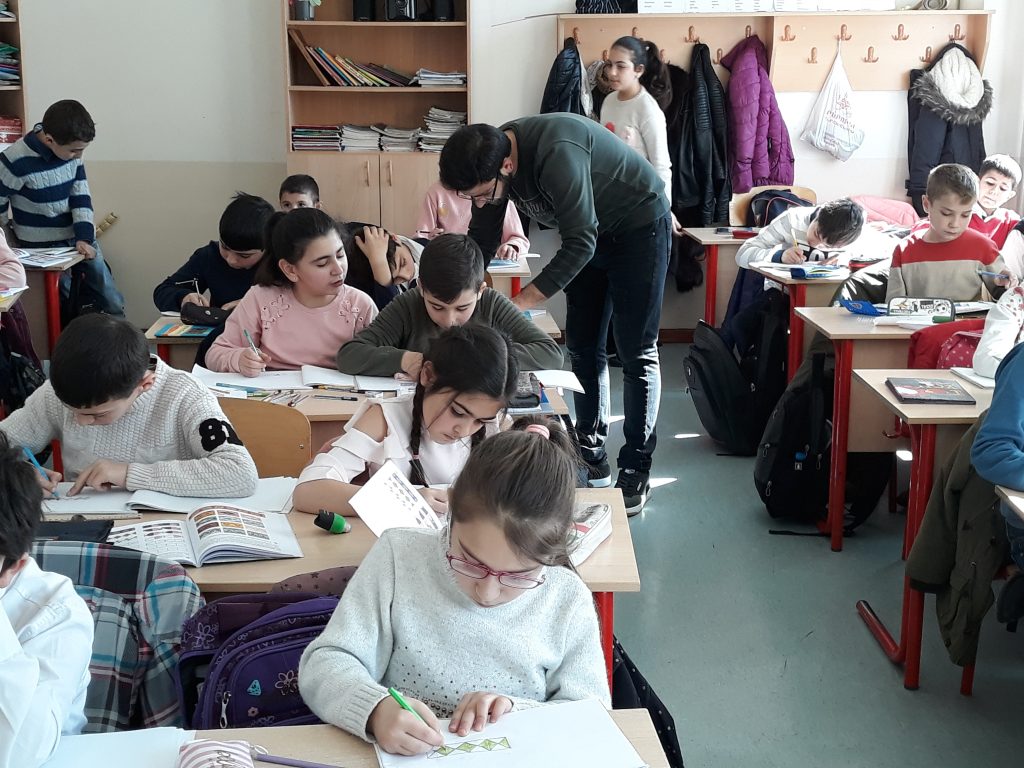
First of all it is very important to turn on the music during our lessons.It helps my students to concentrate on their works and to express their thoughts. Its very important for me to have good relationships whit them.
My Skills
One of my favorite hobbies is singing.I have been singing since my childhood. I wanted to become a singer but I changed my mind. Now I work at Arts school, and I have many talented students.One of my skills is to understand my students, their opinions and ideas we love each other very much and I appreciate it very much.
Hi everybody. I am really looking forward to this exchange and meeting you soon. My name is Fabio. I am originally from Italy but I was born in Switzerland and grew up here. When I have time, i love painting and drawing in my studio.
I see this exchange program as a great opportunity to get together, get in touch and interact. I am sure it will be a great experience for us all.
Here is one of my favorite artists: FRANCIS BACON.
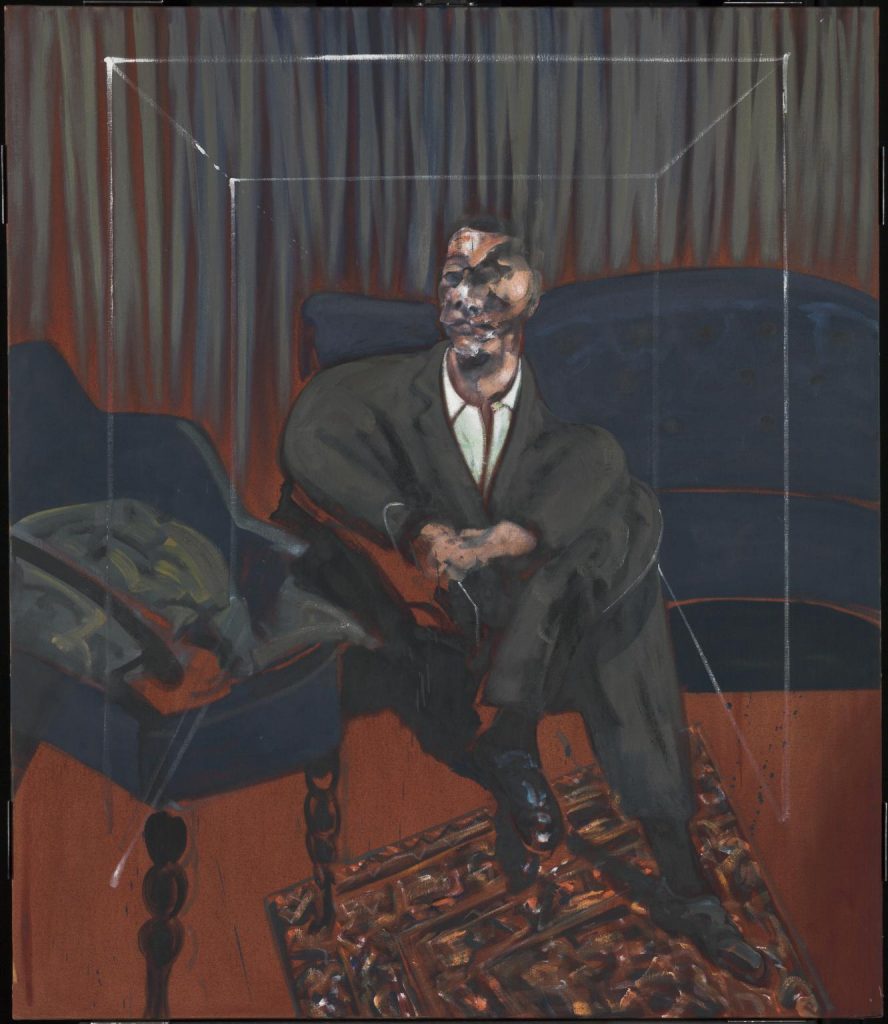
my favorite exercise at school…
Actually I do not have a specific favorite one. What I like is reading and doing some research to get inspired by different kinds of artists. At the moment I admire Markus Lüpertz’s artworks.
I prefer painting freely and let the random moment, during painting, surprising me. 🙂

Salima Bartsyts:
1. What was important for you in this project?
It was really important for me to have the opportunity to see and understand from the inside another method, another world-view, way of life, and approaches towards resolving problems and issues. Also important was the chance to immerse myself in an unusual environment and to see the differences.
2. Which part of the project did you like the most and what would you like the project to keep?
The collaborative work with the Swiss students was a highlight for me during this project. It really helps to understand one another and find common answers to different questions. [Added verbally: I also like the idea to have the pupils unaware that they are going to have an unusual lesson. I was impressed how well and quickly they adapted to the new conditions and how productively they worked.] Another positive factor that I would like the project to keep is the opportunity to live with the participants of the project, rather than in hotels. This helps to develop a better sense of daily life and to understand the way of thinking [here].
3. What should be avoided in the future?
Exhaustion, I did not have enough time to socialize outside working hours and get enough rest. I would feel greater enthusiasm to teach if I had more time to rest.
Arsoy Berzenia:
1. What was important for you in this project?
For me a very important thing in this project was the opportunity to go beyond my usual constraints, to think completely differently. I liked the approach and the whole system of education.
2. Which part of the project did you like the most and what would you like the project to keep?
The project should retain our only goal – interacting with pupils by engaging abstract thinking.
3. What should be avoided in the future?
I liked everything in this project.
Aida Adzhba:
1. What was important for you in this project?
For me, the most important thing in this project was the experience of working in the schools and of working with children. Furthermore, for me personally, a major aspect of this project was the experience of working together with Swiss colleagues. It was important to work with a different methodology.
2. Which part of the project did you like the most and what would you like the project to keep?
I think that nothing in the project should be changed. All in all, everything should be left as is. Especially the work in schools!
3. What should be avoided in the future?
Accordingly, I think that there is no need for changes whatsoever. The project has only positive aspects.
Lasha Gabeliia:
1. What was important for you in this project?
Important for me was, of course, the collaboration with our Swiss colleagues. While our approaches to teaching were of course different, we had the same goal, and we were able to find common ground. With time, we will rethink this more concretely [sic].
2. Which part of the project did you like the most and what would you like the project to keep?
I think the project should keep the mutual collaboration, see the answer to the first question.
3. What should be avoided in the future?
If possible, we have to eliminate the language barrier.
Zita Strübi:
1. What was important for you in this project?
I am very grateful that I could participate in this project. In both cities, I was exposed to various moments of cultural exchange which were at times enlightening, frustrating and very complicated. It showed me how different cultures have different approaches to working, which can make working together a challenge. This difference I believe, created a space for discussion and cultural learning.
At the same time however, working together, side by side also revealed many overlapping similarities. It was interesting to see how similar the youth culture of each group was. Both very eager to learn from the other, exchange favourite music, art, celebrities/role models, film, etc.
2. Which part of the project did you like the most and what would you like the project to keep?
For me, the most valuable part of the project was the first week, working together in teams, developing a lesson structure. It is within this setting that we were able to exchange ideas, have didactical discussions, have debate about how a lesson should be structured and examine learning outcomes. This process in the first week was very valuable, and I would have liked to have more time for this aspect. In my opinion, this is exactly where we learn the most and have the chance to learn from each other. I would have really liked to have spent more time learning how the Abkhazian group plans lessons, how do they explore a topic, how they transfer practical skills and implement learning in a creative setting. I found this aspect for the exchange did not receive the time it should have.
3. What should be avoided in the future?
For the next round of the project, I would recommend that the implementation of the double lesson be reduced. I don’t believe that we spent enough time after each lesson getting feedback from the professors (Swiss and Abkhazian) to justify spending 6 double lessons teaching. The main aims of the project I believe, are revealed the preparation for these classes and the discourse which it creates. While I believe that we should watch how classes are taught in the first week (hospitieren), teaching perhaps only 2 double lessons would have been sufficient.
